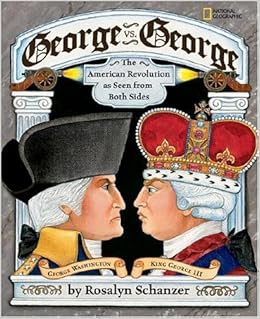Greetings from my desk!
This will be my last post for I.N.K. I’m taking off, so I thought I’d send a few postcards from the future, because I’m pretty excited about the places I’m going -- or planning to go, or hoping to go.
This will be my last post for I.N.K. I’m taking off, so I thought I’d send a few postcards from the future, because I’m pretty excited about the places I’m going -- or planning to go, or hoping to go.
1. Key Largo
Date: Tomorrow
Would you, could you? Writing is like eating green eggs and ham: you can do it anywhere: on a boat! on a train! in a tunnel! in the rain! So when I was invited to “do a residency” -- live in a little house somewhere away from home, and do my work -- and when the residency in question was starting April 1 in a place that, unlike my hometown, doesn’t still have big piles of dirty snow and death puddles of cold floodwater -- I said yes. I will be researching sea turtles for a book called Mission: Sea Turtle Rescue, (National Geographic, 2015) finding out about manatee migration for a new Humanimal Doodle, learning to scuba, and learning to identify fish, with the help of REEF. REEF teaches divers and snorkelers to identify their neighborhood fish, then puts the fish they find into a big database that helps them assess the health of the coral reef ecosystem. It’s kind of like the Cornell Backyard Bird Survey -- but instead of counting birds at your backyard feeder, you snorkel around and count fish.
2. Alaska
Date: The next three months
Sadly, I’m not actually going to Alaska, either. I won’t be visiting virtually, either. The stories of LaVern Beier, the subject of my book Looking for Bears (Collins Big Cat, 2016), will be transporting me there in words -- and I’ll be trying to take readers along by illustrating his experiences. LaVern is a bear guide -- someone who knows how to find bears and work with them. He assists scientists doing research as they tag bears with satellite transmitters or attach little cameras to their collars.
Sadly, I’m not actually going to Alaska, either. I won’t be visiting virtually, either. The stories of LaVern Beier, the subject of my book Looking for Bears (Collins Big Cat, 2016), will be transporting me there in words -- and I’ll be trying to take readers along by illustrating his experiences. LaVern is a bear guide -- someone who knows how to find bears and work with them. He assists scientists doing research as they tag bears with satellite transmitters or attach little cameras to their collars.
Date: Eternal
I have been following this little submarine around for close to twenty years, but Alvin is a lot older than that. This submarine carried scientists to the first hydrothermal vents, deep volcanic cracks on the sea floor. Robert Ballard used it to locate the wreck of the Titanic. Now, after a two-year refitting from stem to stern, Alvin is in the water again working for scientists. For several years I’ve been working on an infographic book about deep sea exploration, and the illustration here -- printed on a sweatshirt, which I think looks cool -- is the beginning of this new adventure for me. What’s next with this adventure is . . .
Date: Summer 2014
This August I’ll go to sea as a Communications Fellow with Dr. Ballard’s group, the Ocean Exploration Trust. (Teachers, you can apply to do this, too!) This group of scientists, educators, and ship crew work to map the 95% of the ocean floor that has not yet been mapped, and explore the 99% of the ocean that has not yet been explored. I will be working on an expedition leg sited in the Windward Passage, off the coasts of Haiti, Cuba, and Jamaica. One thing we want from this trip is a better understanding of the causes of the 2010 earthquake that devastated Haiti. During my expedition, I’ll be one of the voices narrating dives to the ocean floor, and one of the faces doing Q and A’s between ship and shore. I’ll also be drawing and writing, working on science comics about our expedition and adding to my book. You can follow us (starting in June) through the Nautilus Live site.
Thank you, I.N.K. I have loved being a part of this group of authors. And thank you, I.N.K. readers. Best wishes and long life to all those who work to bring science and stories to children.


















































